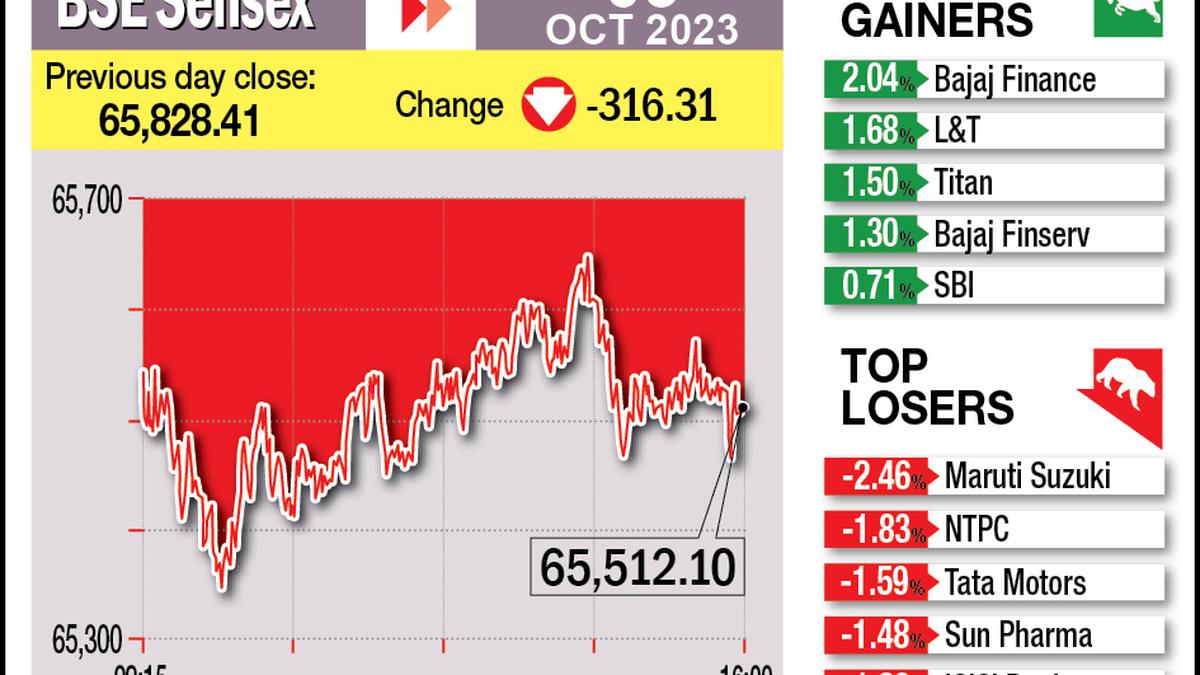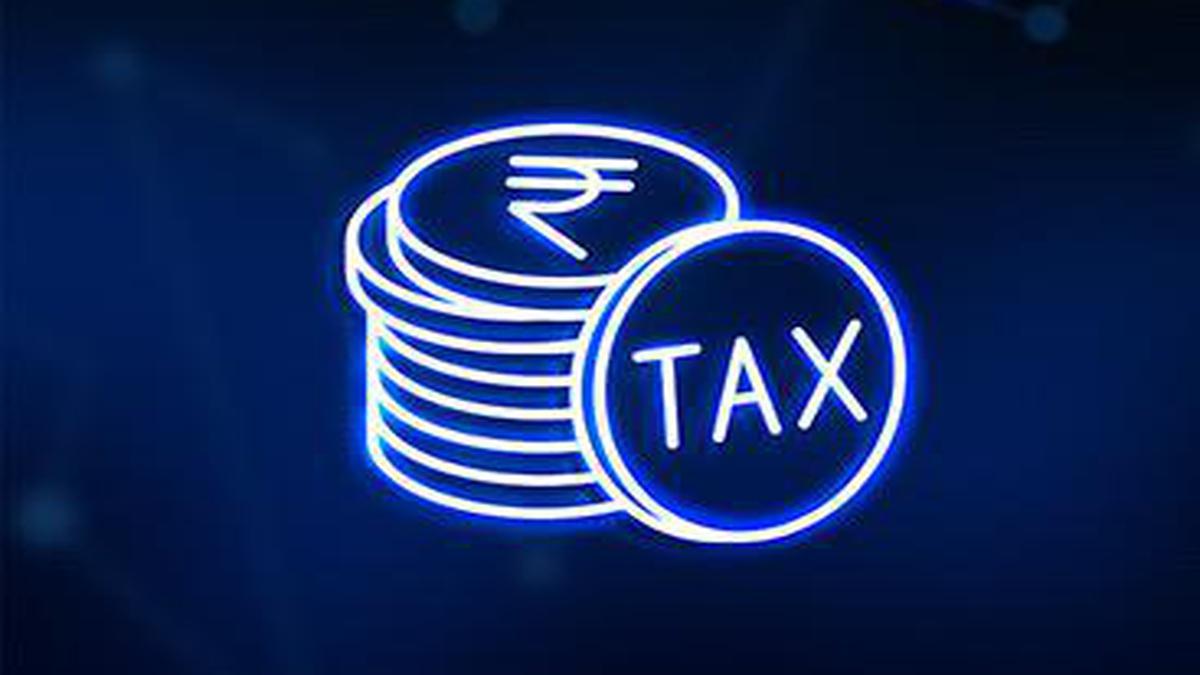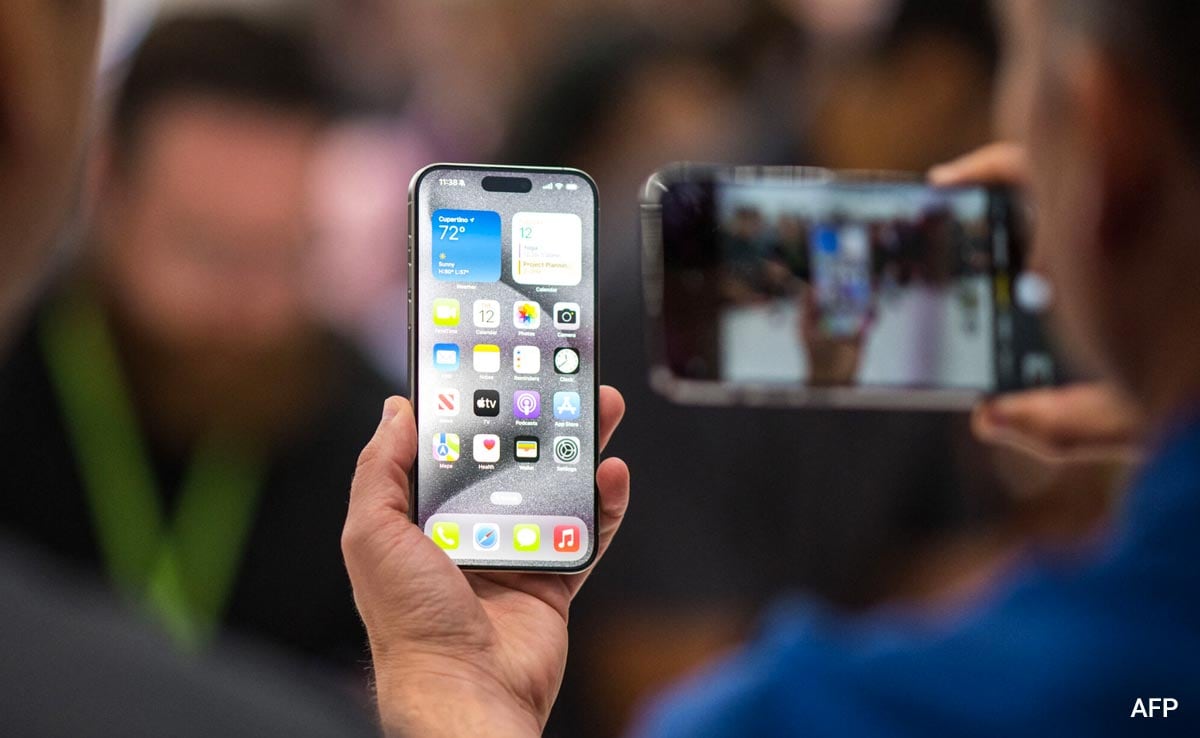Representational image of employees at the assembly line of a mobile phone manufacturing plant
| Photo Credit: Reuters
Semiconductor design initiatives have to be encouraged with improved domestic fundraising opportunities and incentives for using domestically registered intellectual property (IP), the India Cellular & Electronics Association (ICEA) said in a report released Thursday. As China’s semiconductor industry faces hesitant investors due to geopolitical tensions, the report says, India must seize the strategic opportunity that semiconductors present.
Referring to arguments by economists like Raghuram Rajan that the semiconductor push may not present optimal opportunities economically (or in terms of jobs), Pankaj Mohindroo, the ICEA’s chairman, pushed back strongly, calling such arguments “self-destructive for India”. “Capacity building for high tech and semiconductors is important,” Mr. Mohindroo said.
ALSO READ | What is the technology behind manufacturing a semiconductor chip? | Explained
“Though we have 20% of the world’s semicon engineers, none of the IPs are with India,” A.M. Devendranath, the CEO of research firm Feedback Advisory pointed out. Engineers instead work for global firms from India, which register the IP in the U.S. or elsewhere. Mr. Mohindroo suggested that incentives should be provided to use domestically registered IP in key sectors, such as in expanding telecom networks.
The report highlights the strengths of other countries who have had some success in the semiconductor supply chain: China has “over-invested” in low-tech chips, crashing global prices and investment appetite for researching them, while opening up initiatives that make access to funding easy with early exits for investors; Malaysia has focused sharply on outsourced semiconductor assembly and test (OSAT) units, an area where it is number four, after Taiwan, China and the US.
S. Krishnan, the Secretary of the Ministry of Electronics and Information Technology, said in a foreword to the report that the government’s efforts “aligns perfectly” with the ICEA report’s suggestions already. “While India has made appreciable strides in electronics manufacturing, the semiconductor industry demands targeted policy actions,” Mr. Krishnan said.
A key suggestion that the report makes is to follow China’s example of subsidising photomasks (also known as mask sets), equipment similar to photocopying plates that allow light to selectively shine on silicon wafers with precision. Photomasks are an expensive but critical component in chip fabrication. China subsidises 80% of photomask costs for semiconductor firms; a similar incentive should be provided for in the design-linked incentive scheme run by the IT Ministry, the ICEA suggested.










